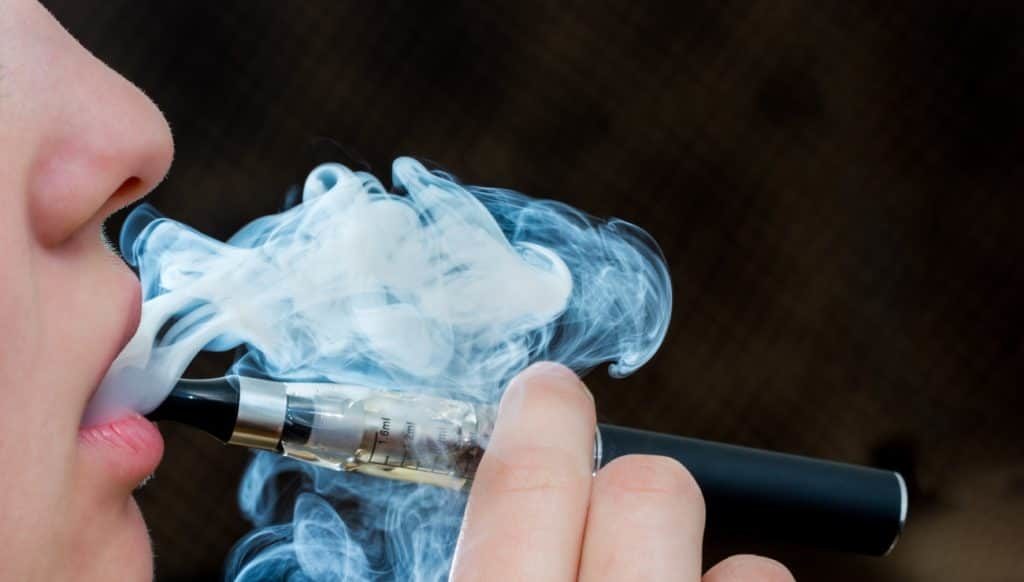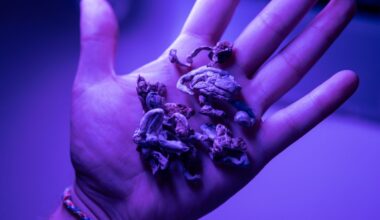Cannabinoids have taken the wellness industry by storm, with Cannabidiol (CBD) and Cannabinol (CBN) emerging as two prominent compounds. Understanding the distinctions and commonalities between CBN and CBD is essential for consumers navigating the diverse landscape of cannabinoid-infused products. This comprehensive guide aims to shed light on the differences and similarities between CBN and CBD.
CBN and CBD: A Brief Overview
Both CBN and CBD are cannabinoids derived from the cannabis plant. While they share a common origin, they have distinct chemical structures and interact with the endocannabinoid system in unique ways. CBD is widely known for its non-intoxicating nature and diverse potential therapeutic benefits, while CBN has garnered attention for its potential sedative properties. Many people consume CBN through a device such as a CBN disposable vape.
Chemical Composition and Psychoactivity
One of the primary differences between CBN and CBD lies in their chemical composition and psychoactivity. CBD is non-psychoactive, meaning it does not produce the “high” associated with THC (tetrahydrocannabinol). This characteristic has contributed to CBD’s popularity as a wellness supplement.
On the other hand, CBN may have mild psychoactive effects, although they are generally considered to be much less pronounced than those associated with THC. CBN is often formed as a byproduct of THC degradation, particularly when cannabis is exposed to heat or light over time. While not as intoxicating as THC, it’s important for consumers to be aware of these potential effects when considering CBN products.
Therapeutic Potential: Focus on CBD
CBD has been extensively studied for its potential therapeutic applications. Research suggests that CBD may have anti-inflammatory, analgesic, anxiolytic, and neuroprotective properties. It is commonly used to alleviate anxiety, manage pain, promote better sleep, and address various health concerns without the intoxicating effects associated with THC.
CBD interacts with the endocannabinoid system, which plays a crucial role in regulating various physiological processes such as mood, appetite, sleep, and immune response. Its ability to modulate these processes without causing intoxication makes CBD a versatile option for individuals seeking natural alternatives for their well-being.
CBN: The Sleep-Inducing Cannabinoid
While CBD has a diverse range of potential benefits, CBN has gained recognition for its specific effects on sleep. Some studies suggest that CBN may have sedative properties, making it a potential aid for those struggling with sleep disorders or insomnia. CBN’s interaction with the endocannabinoid system, particularly certain receptors, may contribute to its sleep-inducing effects.
It’s worth noting that the sedative properties of CBN might make it less suitable for daytime use, and users are advised to explore its effects in a controlled and comfortable environment, ideally before bedtime.
Entourage Effect: Interaction of Multiple Cannabinoids
Both CBN and CBD contribute to what is known as the “entourage effect.” This phenomenon suggests that the combined effects of various cannabinoids, terpenes, and other plant compounds may be more significant than the sum of their individual effects. The entourage effect emphasizes the potential benefits of consuming cannabinoids in their natural, whole-plant form rather than isolating individual compounds.
Consumers interested in harnessing the entourage effect may explore products that contain a spectrum of cannabinoids, including CBD and CBN, to experience a more holistic range of potential benefits.
Legal Status and Accessibility
CBD enjoys a broader legal status compared to CBN. CBD derived from hemp, containing less than 0.3% THC, is federally legal in the United States. This legal clarity has contributed to the widespread availability of CBD products in various forms, including oils, tinctures, capsules, and edibles.
On the other hand, CBN’s legal status may be influenced by its source and THC content. Consumers should be aware of the legal regulations surrounding CBN products in their region and choose products from reputable sources that adhere to legal guidelines.
CBN Vape Pens: Convenient and Controlled Cannabinol Consumption
In response to the growing demand for alternative cannabinoid consumption methods, a CBN vape pen is one way. They have emerged as portable devices that seamlessly combine the efficiency of vaporization with the targeted delivery of Cannabinol. These pens, comprising a battery, heating element, and a CBN extract cartridge, offer users accessibility and discretion with a sleek design suitable for on-the-go use. Dosing precision allows users to control CBN intake, making it an ideal choice for both beginners and experienced users. When choosing a CBN vape pen, prioritizing reputable brands that undergo third-party testing ensures quality, and exploring options that incorporate terpenes may enhance the overall vaping experience. CBN vape pens provide a dynamic and accessible means to explore the potential benefits of CBN, either individually or in synergy with other cannabinoids and terpenes.
Making Informed Choices
In navigating the differences and similarities between CBN and CBD, consumers can make informed choices based on their wellness goals and preferences. CBD’s versatility and broad range of potential benefits make it a popular choice for various applications, while CBN’s potential sleep-inducing properties may appeal to those specifically seeking assistance with sleep.
When choosing cannabinoid-infused products, individuals should consider factors such as the desired effects, legal status, product quality, and potential interactions with other medications. Consulting with healthcare professionals can provide personalized guidance based on individual health conditions and goals.
Conclusion
In conclusion, understanding the distinctions and commonalities between CBN and CBD is crucial for consumers exploring the world of cannabinoids. While CBD offers versatility and a diverse range of potential benefits, CBN stands out for its potential sedative properties, particularly in the realm of sleep support. The dynamic interplay between these cannabinoids and the entourage effect highlight the complexity and potential synergy within the cannabis plant. By staying informed, consumers can navigate the wealth of cannabinoid-infused products and make choices that align with their unique wellness journeys.
Medical Disclaimer:
The information provided in these blog posts is intended for general informational and educational purposes only. It is not a substitute for professional medical advice, diagnosis, or treatment. Always seek the advice of your physician or other qualified healthcare provider with any questions you may have regarding a medical condition. The use of any information provided in these blog posts is solely at your own risk. The authors and the website do not recommend or endorse any specific products, treatments, or procedures mentioned. Reliance on any information in these blog posts is solely at your own discretion.






